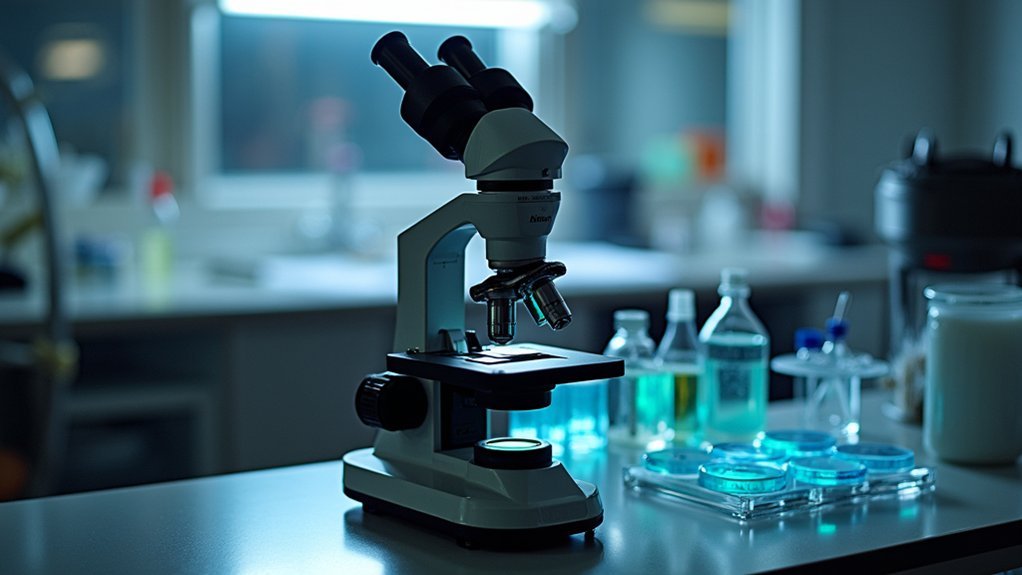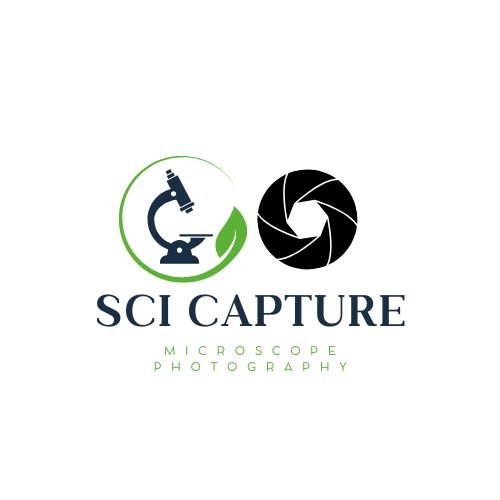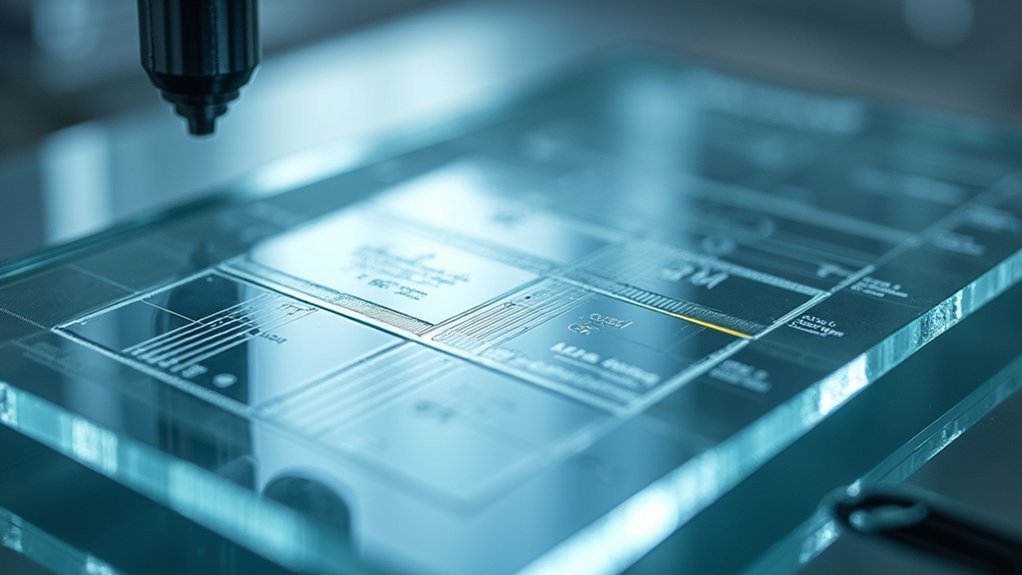The Zeiss Axioscope delivers premium phase contrast with exceptional clarity for transparent specimens, while the Olympus BX53 offers advanced imaging with high-resolution and ergonomic design for extended research. The Nikon Eclipse Ni-E stands out with its CFI60 optical system and LED illumination perfect for live cell observation. All three microscopes feature modular designs that adapt to your specific laboratory needs. Discover how these top investments can transform your microscopy capabilities.
Zeiss Axioscope: Premium Phase Contrast Performance

When examining transparent specimens without staining, the Zeiss Axioscope stands out as an exceptional choice for researchers and educators alike. Its advanced optics deliver extraordinary image clarity while effectively reducing background noise, enabling you to visualize fine cellular details with precision.
You’ll appreciate the microscope’s robust build quality and user-friendly interface, which streamline your laboratory workflow. The focal plane appears remarkably crisp, allowing you to observe living organisms and delicate structures with unprecedented definition.
What truly sets the Axioscope apart is its modular design. You can easily customize it with various objectives and accessories to match your specific research requirements.
Whether you’re in educational or professional settings, this premium microscope delivers the reliable performance and adaptability you need for accurate sample analysis.
Olympus BX53: Advanced Imaging for Research Applications
Moving from Zeiss to another industry leader, the Olympus BX53 represents a pinnacle of research-grade contrast microscopy.
You’ll appreciate its advanced optical technology that delivers exceptional high-resolution imaging with enhanced contrast across all high magnifications.
The BX53’s modular design allows you to easily customize your setup with specific objectives and illumination systems tailored to your research requirements.
Customize your research experience with the BX53’s versatile platform—perfect for integrating specialty optics and lighting for precise specimen visualization.
Whether you’re working with phase contrast or differential interference contrast (DIC), this microscope excels at revealing fine details in transparent specimens.
What truly sets the BX53 apart is its combination of high numerical aperture objectives and superior illumination options, ensuring unmatched image clarity and color fidelity.
The ergonomic design prevents fatigue during those lengthy research sessions, making it ideal for sustained laboratory investigations.
Nikon Eclipse Ni-E: Professional-Grade Contrast Enhancement

Precision researchers recognize the Nikon Eclipse Ni-E as a powerhouse in the world of contrast microscopy. With its modular design and CFI60 optical system, you’ll achieve exceptional resolution when examining live cells or transparent specimens.
The Eclipse Ni-E excels at various contrast techniques including phase contrast and DIC, eliminating the need for specimen staining. Its reflected light capabilities paired with advanced LED illumination deliver stable, heat-reduced imaging perfect for long observation sessions.
| Feature | Benefit | Application |
|---|---|---|
| CFI60 Optics | Superior contrast | Live cell imaging |
| DIC Technology | Enhanced detail | Transparent specimens |
| LED Illumination | Reduced heat | Extended observations |
| Modular Design | Easy upgrades | Future-proof investment |
| Camera Compatibility | Seamless integration | Data capture workflows |
You’ll appreciate how this microscope integrates with your existing camera systems and software, streamlining your laboratory workflow from observation to analysis.
Frequently Asked Questions
What Is the Best Brand of Microscopes?
Amscope offers reliable stereo microscopes for various uses. Swift provides excellent value with 90% performance of pricier brands. Premium brands like Zeiss are top-quality but extremely expensive. Carson MicroBrite excels in portable options.
Which Microscope Is Best for Home Use?
For home use, you’ll find the Carson MicroBrite perfect at just $20. It offers 60x-120x magnification with built-in LED lighting. If you’re tech-savvy, consider pluggable digital microscopes around $40 that double as webcams.
What Are the Differences Between the 3 Microscopes?
You’ll find differences in contrast technology, magnification range, and price points among these microscopes. Each offers varying capabilities for viewing transparent specimens, with some excelling at cell detail and others providing better three-dimensional visualization.
How Much Should I Pay for a Microscope?
You should pay $40-90 for basic digital models, $90-300 for mid-range options with better quality, or $300+ for premium features. Your budget should match your intended use and required image quality.
In Summary
You’ve now seen three exceptional contrast microscopes that’ll elevate your imaging capabilities. Whether you choose the premium Zeiss Axioscope, the research-focused Olympus BX53, or the professional Nikon Eclipse Ni-E, you’re making a sound investment in your scientific future. Each offers outstanding contrast enhancement features worth their price tag. Consider your specific application needs and budget when making your final decision.





Leave a Reply